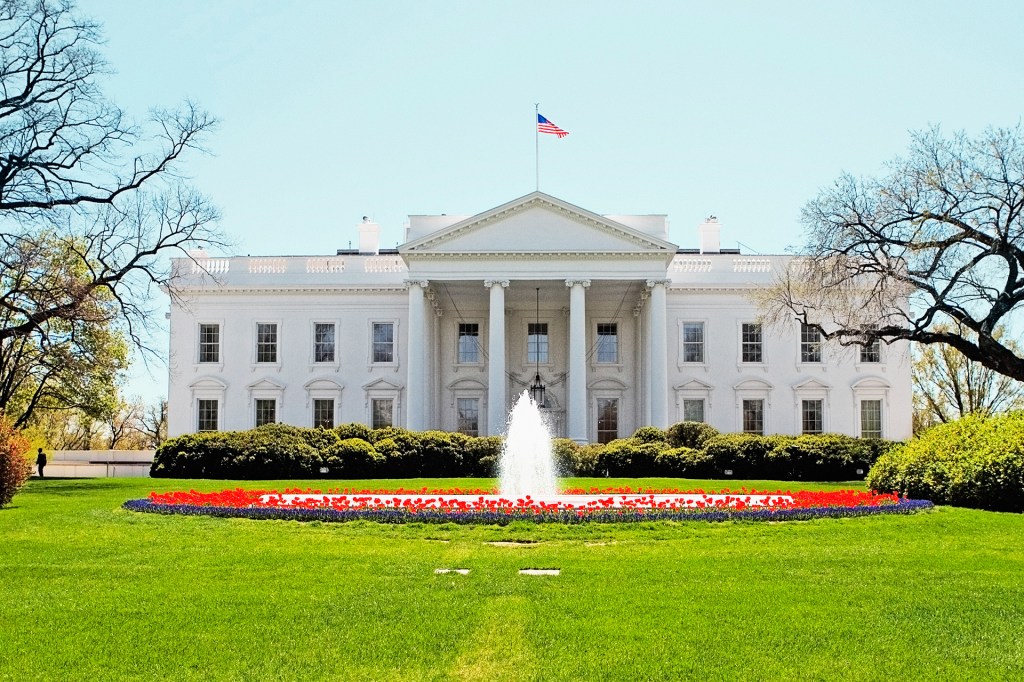The Road To Recovery

The citizens of New Orleans, Louisiana, love to party. Six months after Hurricane Katrina devastated the city, partygoers celebrated Mardi Gras, as they do every year at this time. But even as costume-clad folks danced in the streets, evidence of hardship in the struggling city was all around.
Most years, Mardi Gras goes on for 12 days. This year, there were just eight days of parades. Marching bands were in short supply because many band members have not returned to their homes. Crowds on the parade routes were smaller too.
Since Katrina, the people of New Orleans have not had much reason to celebrate. Wide stretches of the city remain empty. Of the 455,000 people who once lived there, only 144,000 have returned. Living conditions are especially bad in the city's poorest neighborhoods.
Barbara Hamilton is searching for an apartment while trying to get the money to rebuild her house. "The water's not safe to drink. We don't have lights," the 67-year-old great-grandmother told TIME. "Everybody's talking about they're gonna do this and they're gonna do that," Hamilton said. "Instead of talking about it, do it."
Last week, a video was released that showed government officials talking the night before the storm made landfall. Although some officials have said that Katrina's effects took them by surprise, they were seen discussing how to handle a big, bad storm. Many Americans are still angry at the government's slow response to the disaster.
A Clean Slate
As New Orleans comes back to life, returning residents see an opportunity to fix past mistakes. Katrina's fierce wind and rain wiped the slate clean in some troubled parts of the historic city. Now New Orleans is full of planners with ideas for riverfront parks, transportation systems, stronger levees and improved schools.
To fulfill the ambitious plans will take money. Last year, Congress pro-mised $6.2 billion for rebuilding. Three weeks ago, George W. Bush said he would ask Congress for an additional $4.2 billion.
Construction crews are already hard at work trying to protect the city from future flooding. Donald Powell, who oversees federal efforts to rebuild the Gulf Coast, promised that the levees would be rebuilt "better and stronger."
Will the stronger levees withstand a big storm? "Everyone is waiting to see if the levees are going to be ready for June," says construction worker Mike Reed. "That's when hurricane season begins."
Back to School
Katrina left 99 of the city's 117 public schools destroyed or badly damaged. Of the 60,000 students enrolled before the storm, just 9,831 have returned. That number is expected to more than double by September 2007. Only 20 schools are up and running in Orleans Parish.
But New Orleans's public schools were in trouble before Katrina. They ranked toward the bottom of U.S. schools in student performance. The damage done by the hurricane could be an opportunity to rethink the entire school system. Louisiana hopes to reopen a school system that is better than it was before.
Mayor C. Ray Nagin predicts that New Orleans is poised to experience "the biggest construction boom this country has ever had." On the city's long road to recovery, there is hope that some good can come out of all of the bad.












